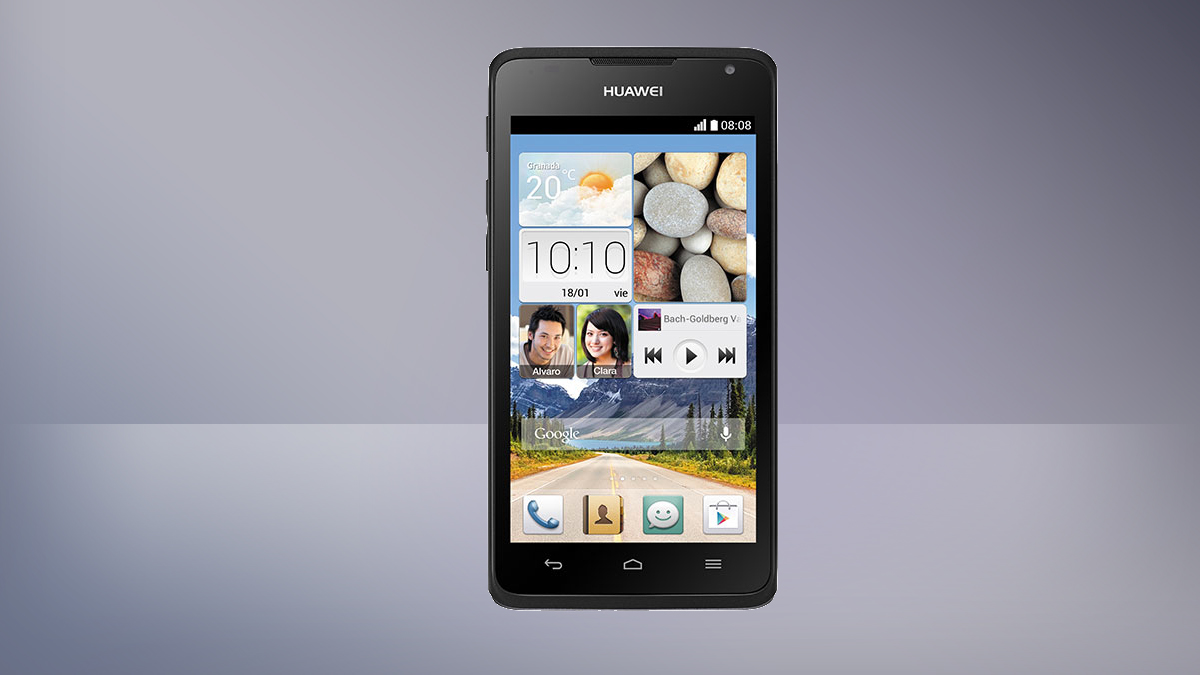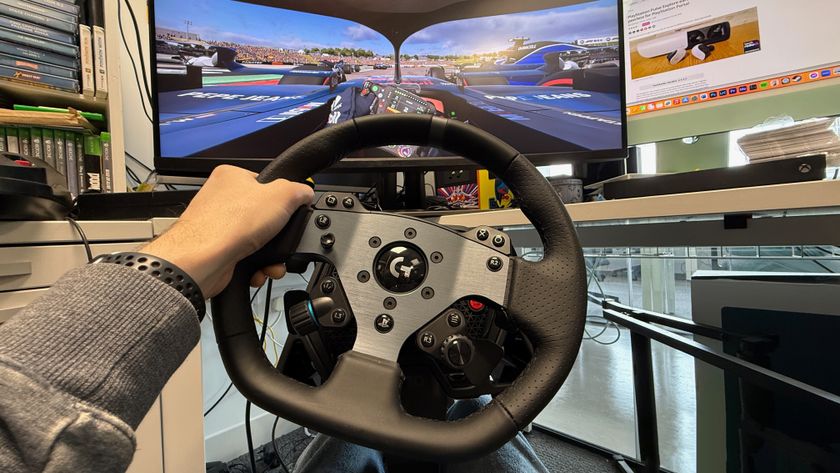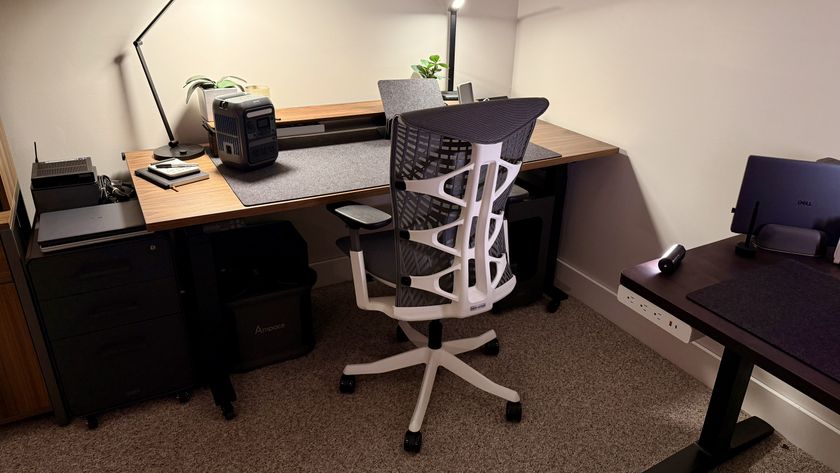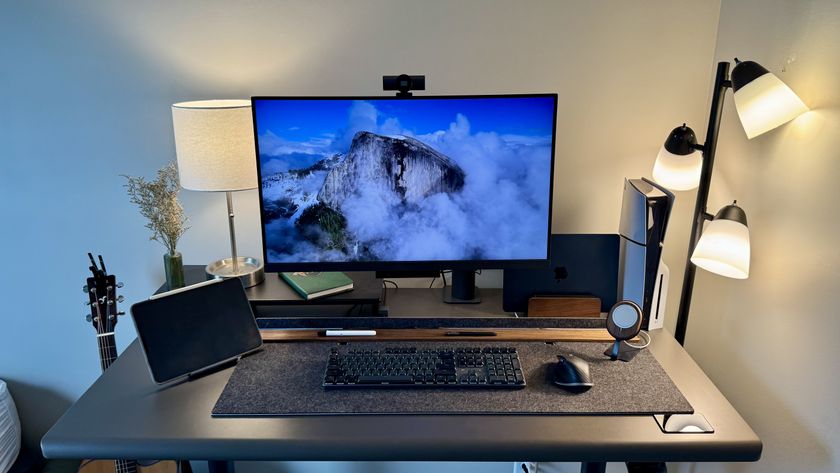TechRadar Verdict
The Ascend Y530 does everything you'd expect from a budget smartphone, but it doesn't offer up anything other than the norm. Cheap, simple, and a bit boring.
Pros
- +
Simple UI mode
- +
Solid design
- +
Respectable battery life
Cons
- -
Emotion UI is poor
- -
Small internal storage
- -
No 4G or NFC
Why you can trust TechRadar
The Huawei Ascend Y530 is the latest handset offering from the Chinese technology giant, and it's rapidly developing a reputation of releasing budget devices every six months.
You can pick up the Y530 for around £110 SIM free, which puts the Ascend Y530 in direct competition with devices like the Motorola Moto G, Nokia Lumia 520 and Sony Xperia M.
By looking at the phone's specifications it is obvious to see that the Y530 is a slightly updated version of the Huawei Ascend Y300 released last year.
The usual smartphone features have all been bundled into the device and connectivity should not be an issue, as the Y530 packs Bluetooth 4.0, GPS, Wi-Fi, Accelerometer and Proximity sensors into the device.
The option to add additional storage (up to 32GB) via the microSD card slot is also available for when the internal 4GB of storage rapidly fills up. It's worth noting that this is one of the main advantages over its closest rival the Moto G, which doesn't have a microSD option.
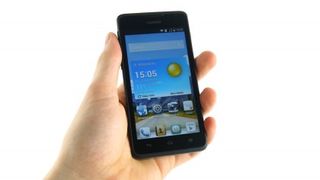
The Ascend Y530 does not support 4G, but for £110 SIM free this is to be expected. The 1700 mAh battery contained within the Ascend Y530 certainly isn't overkill, but will easily last a whole day of average usage without a problem - a daily charge to bring the device back up to 100% is something most smartphone owners are used to.
The slight improvements on the Huawei Ascend Y300 are mainly in the operating system. The Y530 has been bumped up from Android 4.1 to 4.3, although there is no word on whether the device will be able to upgrade to Android KitKat 4.4 or beyond in the future.
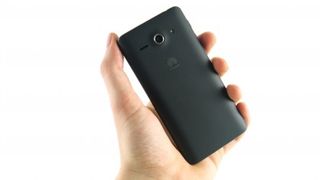
With that said, the device is certainly sufficient for most entry-level smartphone users. With its 5MP camera including an LED flash and the 1.2GHz dual-core processor the Ascend Y530 should be able to cater for most of your needs.
There has also been an update to Huawei's Emotion UI, which enables the user to switch between the default UI and a new simplified version.
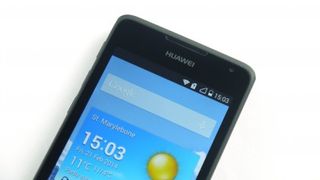
Compared to the Huawei Ascend Y300, the Y530's screen size has been bumped up to a 4.5-inch TFT LCD screen with a resolution of 480 x 854 pixels. The new display's pixel density is 218ppi and that's significantly lower than its main rival – the Moto G provides a display of 326ppi.
Although this may not be a significant problem if you are using the device to mainly text or make calls, the difference in screen quality is clear when it comes to videos and games.
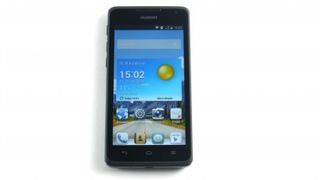
The experience using the device doesn't feel premium as the bezel around the edge of the screen seems rather large, which only aids to the devices cheap and cumbersome appearance.
Measuring in at 132.5 x 67 x 9.3 mm the Ascend Y530 fits comfortably in one hand and its 145g weight feels sturdy and solid, with the rear plastic cover sporting fine diagonal lines to provide additional grip.
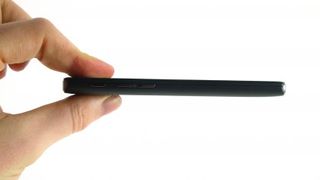
But I think it looks cheap and plasticy, although, this is to be expected from a £110 device. The Ascend Y530 takes a normal (larger sized) SIM card with no compatibility for a smaller micro SIM.
Because it takes a fingernail into a gap in the cover, along with a gentle yank, to prise open the rear casing I felt as if I were breaking the device when I went to insert the SIM card. But once you're in you will have access to the devices battery, SIM, and microSD slot.
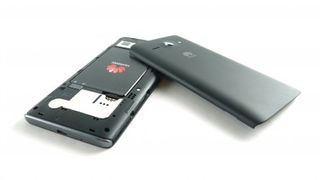
Unsurprisingly there is no physical home button, which follows the trend of the previous devices we have seen from the Chinese manufacturer. The only physical buttons on the Y530 are found on the left hand side of the device.
Here you will find three buttons: two to change the device's volume, and the third to power the handset on or off. There are three touch buttons just below the screen used to navigate around the android device.
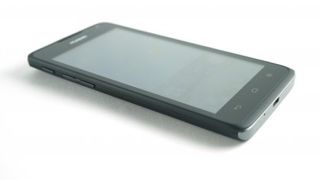
If you have ever used an Android handset before these icons will be extremely familiar. The 3.5mm headphone jack is found at the top left of the device, whilst the microUSB port for connecting and charging the Y530 is centered at the bottom.
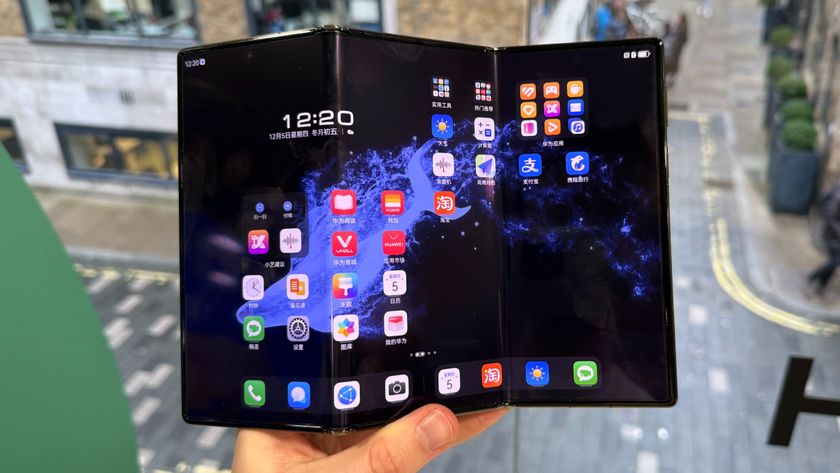
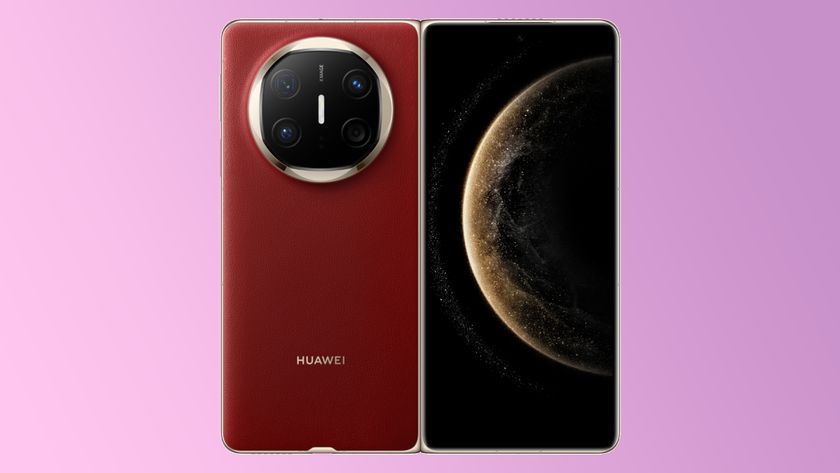
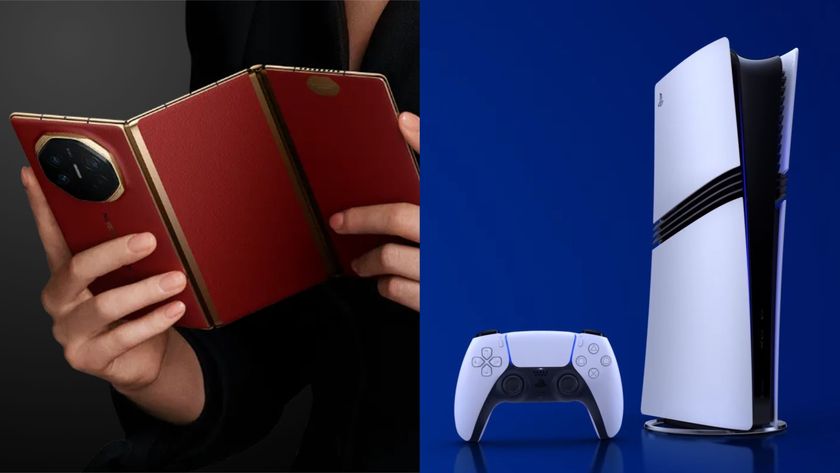
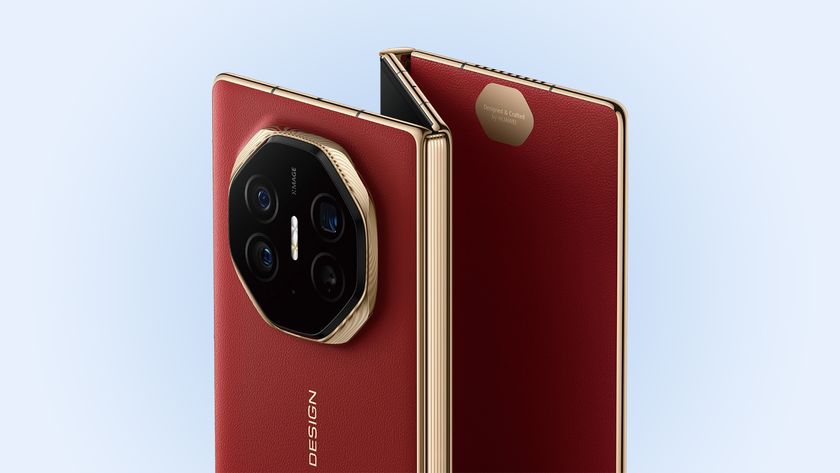
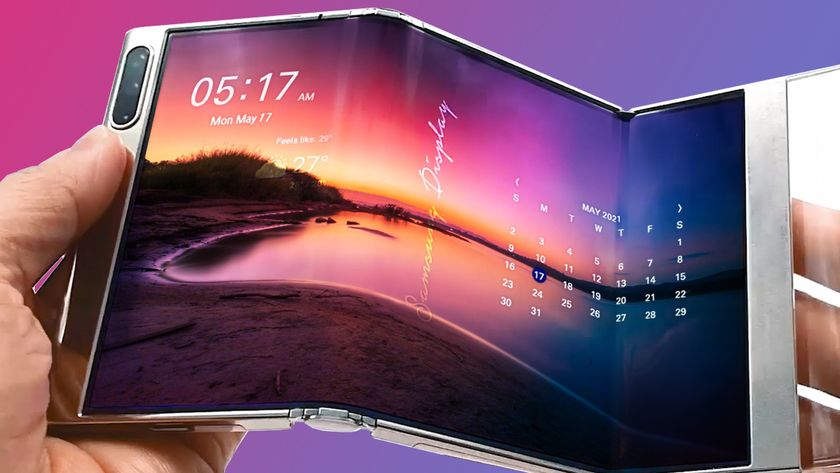





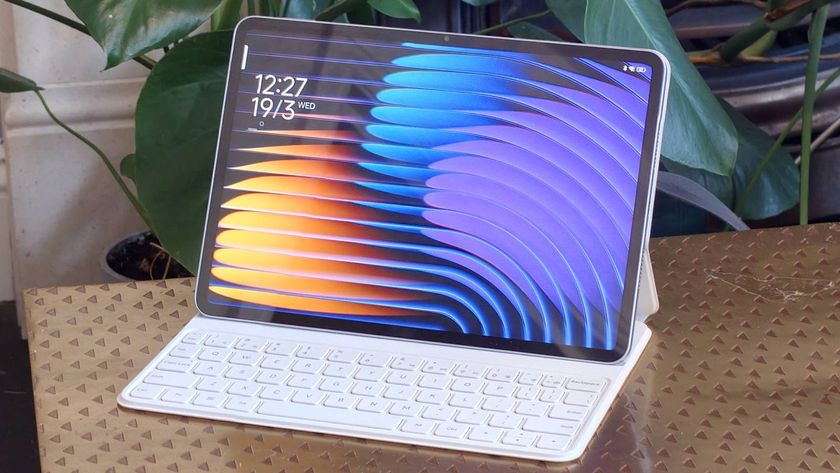
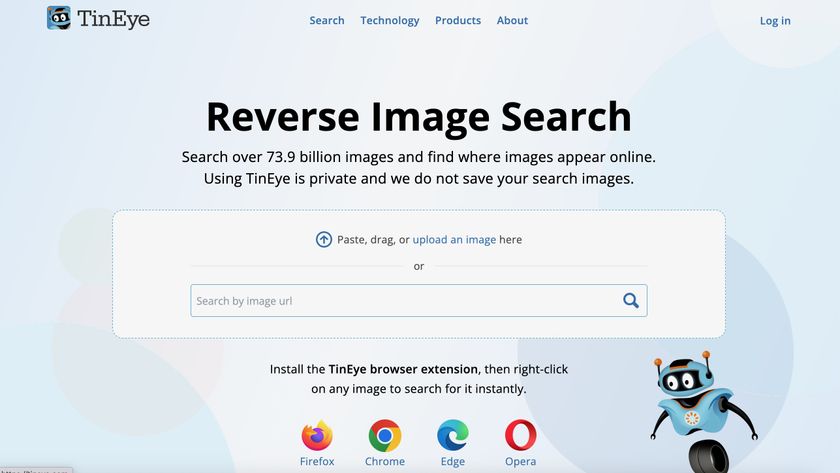
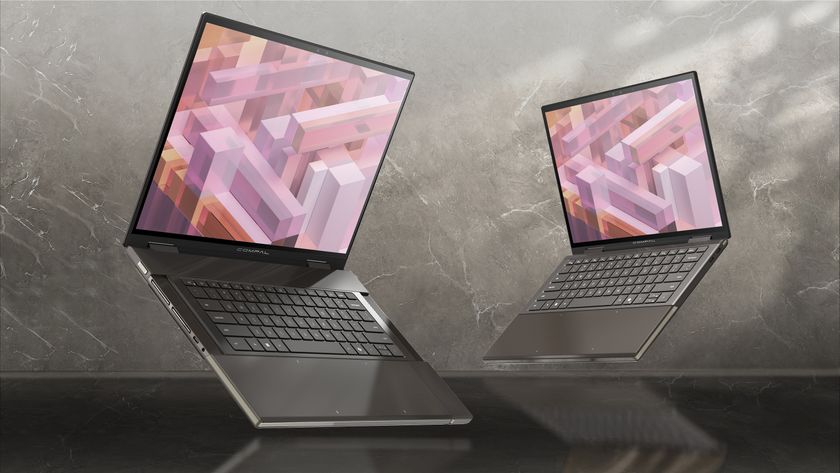
One of the largest laptop manufacturers releases concept pictures of Adapt X, a modular laptop in the same vein as Framework
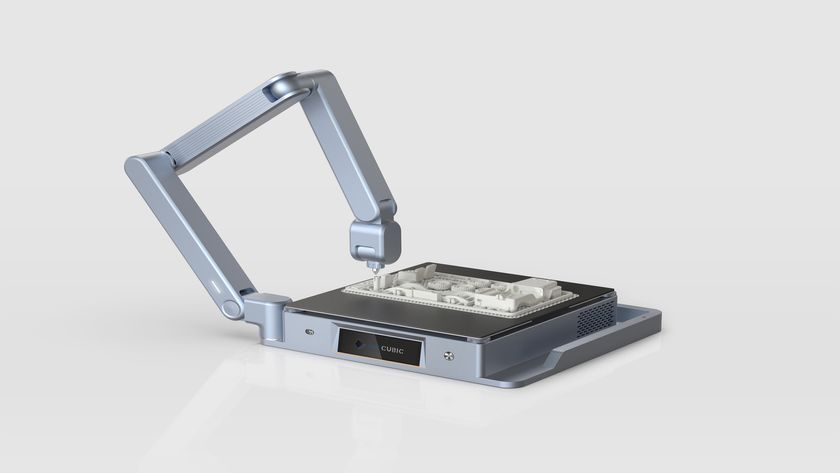
Anycubic may launch this gorgeous foldable portable 3D printer any day soon, and I can't wait to try it out

5 questions Severance season 3 needs to answer when the Apple TV+ hit returns
